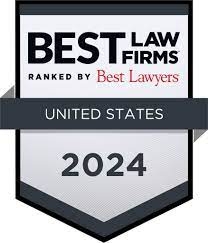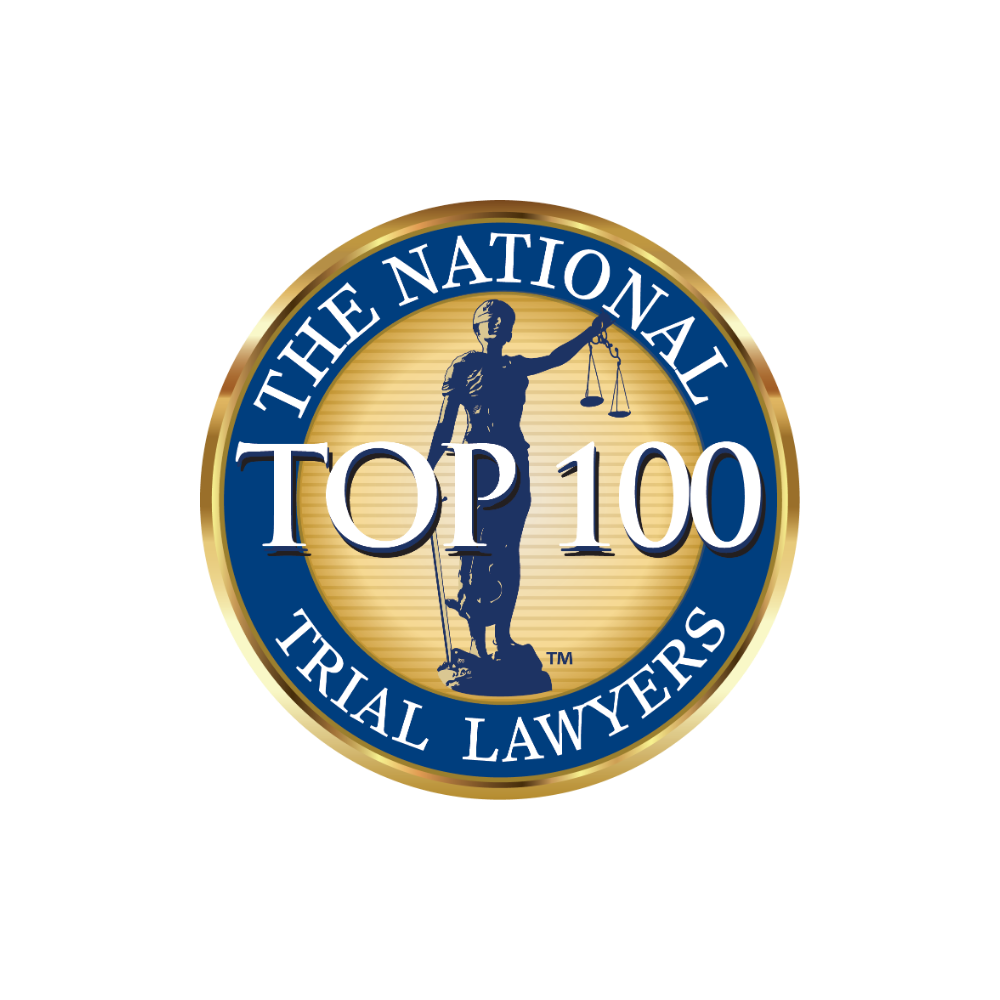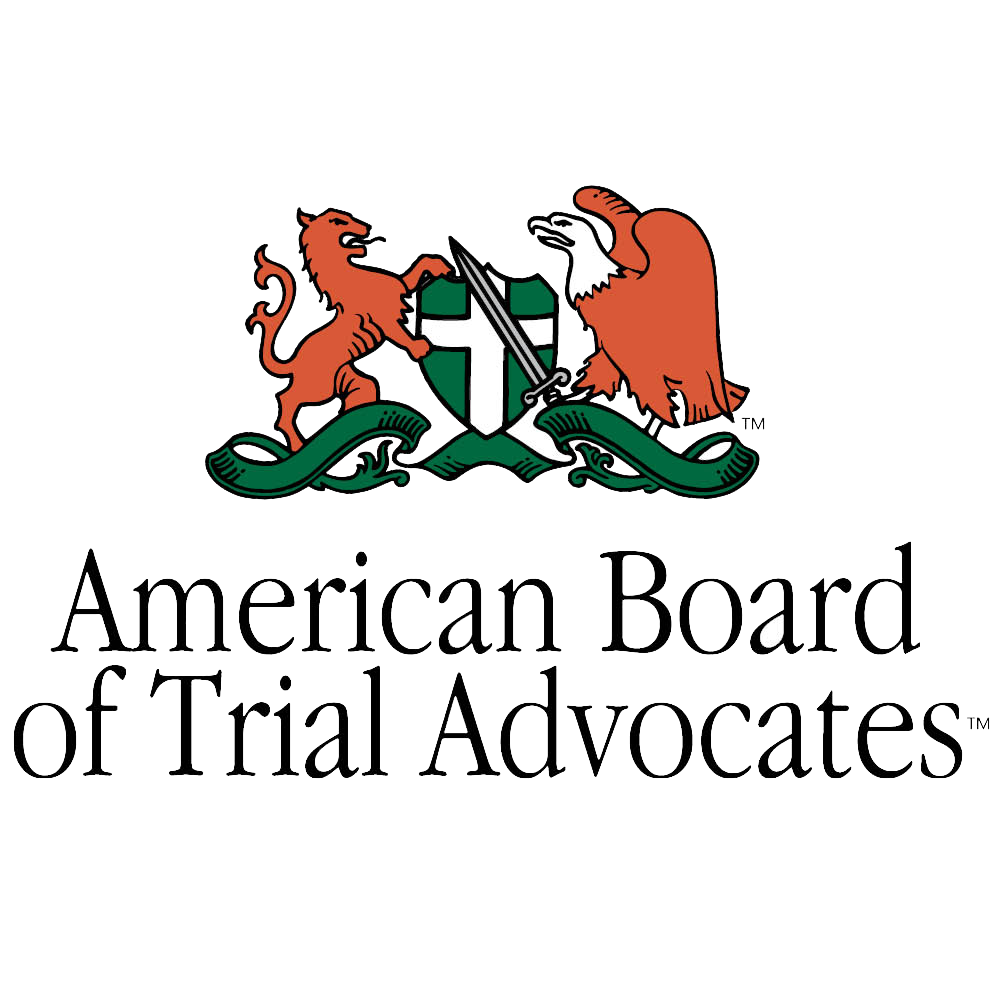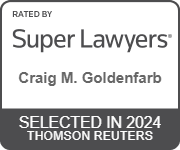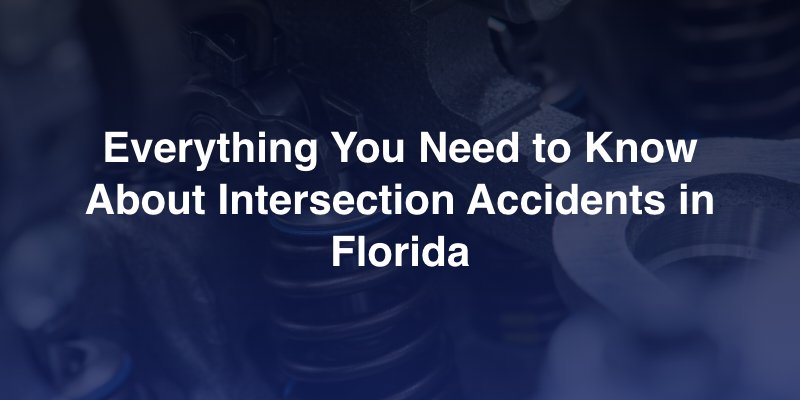
Intersections can be dangerous, and it really doesn’t matter how careful of a driver you are. The reality is that you are just one driver at an intersection, and there are likely many others to contend with. Some drivers just want to go through the intersection and carry on their way, while others need to turn, sometimes across oncoming traffic. Here, we want to examine some of the most common causes of intersection accidents as well as what it takes to determine liability so victims of these incidents can recover compensation for their losses. Remember to speak with a car accident lawyer in Port St. Lucie if you were involved in an intersection accident.
Common Causes of Intersection Accidents in Florida
Intersection accidents often involving some form of driver error or reckless behavior, which can include the following:
- Running Red Lights and Stop Signs. One of the most frequent causes of intersection accidents is when a driver runs a red light or stop sign. This dangerous behavior often occurs due to impatience, distraction, or inattention.
- Failure to Yield. Intersection collisions frequently occur when drivers fail to yield the right-of-way. This is especially common during left turns or when entering an intersection from a stop.
- Distracted Driving. Distractions are a major contributing factor to accidents at intersections. Drivers who are looking at screens, eating, playing with pets, or just generally not paying full attention to the road are more likely to miss traffic signals or fail to notice other vehicles, increasing the risk of a collision.
- Speeding and Reckless Driving. Speeding through intersections or engaging in aggressive driving behaviors, such as tailgating or weaving between lanes, reduces a person’s ability to react to changing traffic conditions.
- Impaired Driving. Drivers operating while impaired by narcotics or alcohol often have impaired judgment, slower reaction times, and reduced ability to recognize traffic signals or hazards.
- Poor Visibility and Weather Conditions. Bad weather can reduce visibility and make intersections more hazardous. Additionally, poorly designed intersections or those with obstructed views due to parked cars, buildings, or overgrown vegetation can contribute to accidents.
How is Liability Determined After an Intersection Accident?
Determining liability in intersection accidents can be complex, which is why we recommend speaking to a car accident lawyer in your area. Several key elements can help establish who is at fault:
- Adherence to Traffic Laws. Florida traffic laws are a primary factor in determining liability. If a driver ran a red light, failed to yield, or violated any traffic signal or signage, they are likely to be held at fault. Police reports and traffic camera footage can provide crucial evidence in these cases.
- Driver Statements and Witness Testimony. Statements from the drivers involved, along with accounts from any witnesses, can provide important details about the events leading up to the accident. Witnesses can offer an unbiased perspective that may corroborate or contradict the drivers’ accounts, helping to establish a clearer picture of what happened.
- Physical Evidence from the Scene. The physical evidence left at the scene (debris, skid marks, vehicle damage, and the final resting positions of the vehicles, can help accident reconstruction experts determine the sequence of events and identify the at-fault party.
- Surveillance and Traffic Camera Footage. Footage from nearby traffic cameras or business surveillance cameras can provide clear visual evidence of the moments leading up to the collision, showing whether a driver was somehow at fault.
- Road Conditions and Infrastructure. Sometimes, the road conditions or design of the intersection itself can contribute to an accident. Poorly marked lanes, malfunctioning traffic signals, or inadequate signage can all play a role.
Florida’s No-Fault Insurance System and Intersection Accidents
Florida’s no-fault insurance system requires that drivers carry Personal Injury Protection (PIP) coverage, which provides compensation for medical expenses and lost wages up to a certain limit, no matter who caused the collision. However, this system also means:
- Limitations on Compensation. PIP coverage typically only covers up to $10,000, which may not be sufficient for victims with severe injuries. When damages exceed this amount, or if the injuries meet the “serious injury” threshold defined by Florida law, victims may pursue a claim against the at-fault driver’s insurance.
- Serious Injury Threshold. To step outside the no-fault system and sue for additional compensation, a victim’s injuries must meet Florida’s serious injury threshold.
Should You Work With an Attorney After an Intersection Accident Occurs?
Given the complexities involved in intersection accidents, especially in a no-fault state like Florida, working with an experienced attorney can be invaluable. Here are several reasons why:
- Navigating the Legal and Insurance Challenges. A Port St. Lucie injury attorney can help you understand Florida’s no-fault insurance laws and how they apply to your case. They can also assist in filing claims, gathering evidence, and negotiating with insurance companies to ensure you receive fair compensation.
- Proving Liability. Establishing fault in intersection accidents can be challenging, especially when multiple parties are involved. An experienced attorney will know how to investigate the accident, gather evidence, and work with experts to build a strong case on your behalf.
- Maximizing Compensation. Attorneys are skilled negotiators who can help you secure maximum compensation for your injuries, property damage, lost wages, pain and suffering, and other damages. They can also advise you on when it is appropriate to accept a settlement or pursue a lawsuit for additional compensation.
- Handling Comparative Fault. Florida’s comparative fault laws mean that even if you are partially at fault for the accident, you can still recover compensation. However, your compensation will be reduced by your percentage of fault. An attorney can help minimize your share of fault and maximize your recovery.
Contact GOLDLAW today.
